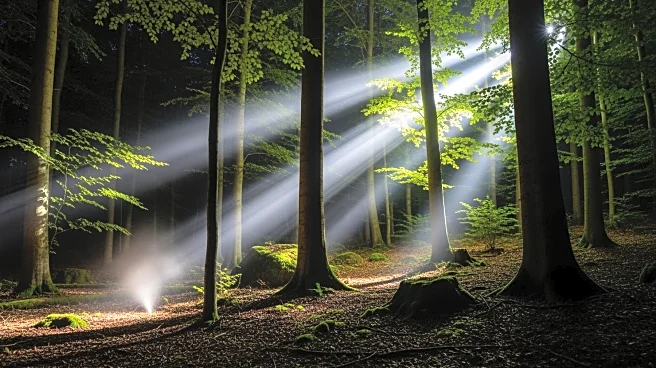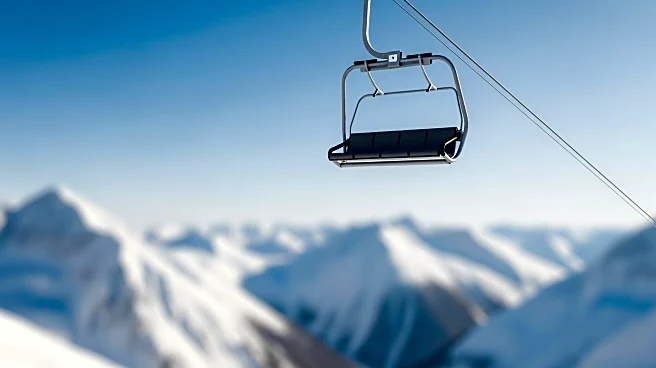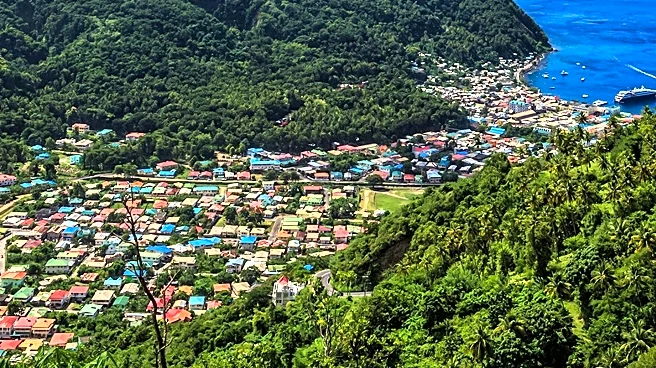What's Happening?
The travel industry is witnessing a significant shift in seasonal travel patterns, with fall becoming a new peak season for European tourism. Traditionally, summer was the preferred time for travelers,
but rising temperatures, overtourism, and a post-pandemic desire for quieter travel experiences have led many, particularly American tourists, to opt for autumn visits. This trend has been bolstered by a strong dollar, making European travel more attractive. Travel companies report increased bookings and revenue during the fall, with some destinations experiencing record visitor numbers. The shift is also driven by changing demographics, as older travelers prefer to avoid the summer heat and crowds.
Why It's Important?
This shift in travel patterns has significant implications for the tourism industry. It allows for a more balanced distribution of visitors throughout the year, potentially reducing the strain on infrastructure during traditional peak months. The increased demand during fall can lead to higher prices, benefiting the industry economically. However, it also poses challenges, such as the need for improved infrastructure to accommodate the growing number of tourists. The trend reflects broader changes in consumer behavior, with travelers seeking more meaningful and less crowded experiences. This could lead to long-term shifts in how the industry plans and markets travel packages.
What's Next?
As fall becomes a more popular travel season, the industry may need to adapt by expanding services and infrastructure to accommodate increased demand. Travel companies might focus on promoting 'secret spring' trips, as early spring and late summer also show signs of growing popularity. The industry could also explore new destinations with moderate climates to attract summer travelers seeking cooler alternatives. Additionally, there may be a push for sustainable tourism practices to manage the environmental impact of increased travel during these periods.
Beyond the Headlines
The shift to fall travel highlights the impact of climate change on tourism, as rising temperatures make summer less appealing. It also underscores the importance of adapting to changing consumer preferences, with travelers increasingly valuing experiences over traditional seasonal travel norms. This trend could lead to a reevaluation of tourism strategies, focusing on sustainability and cultural sensitivity to ensure long-term viability.











